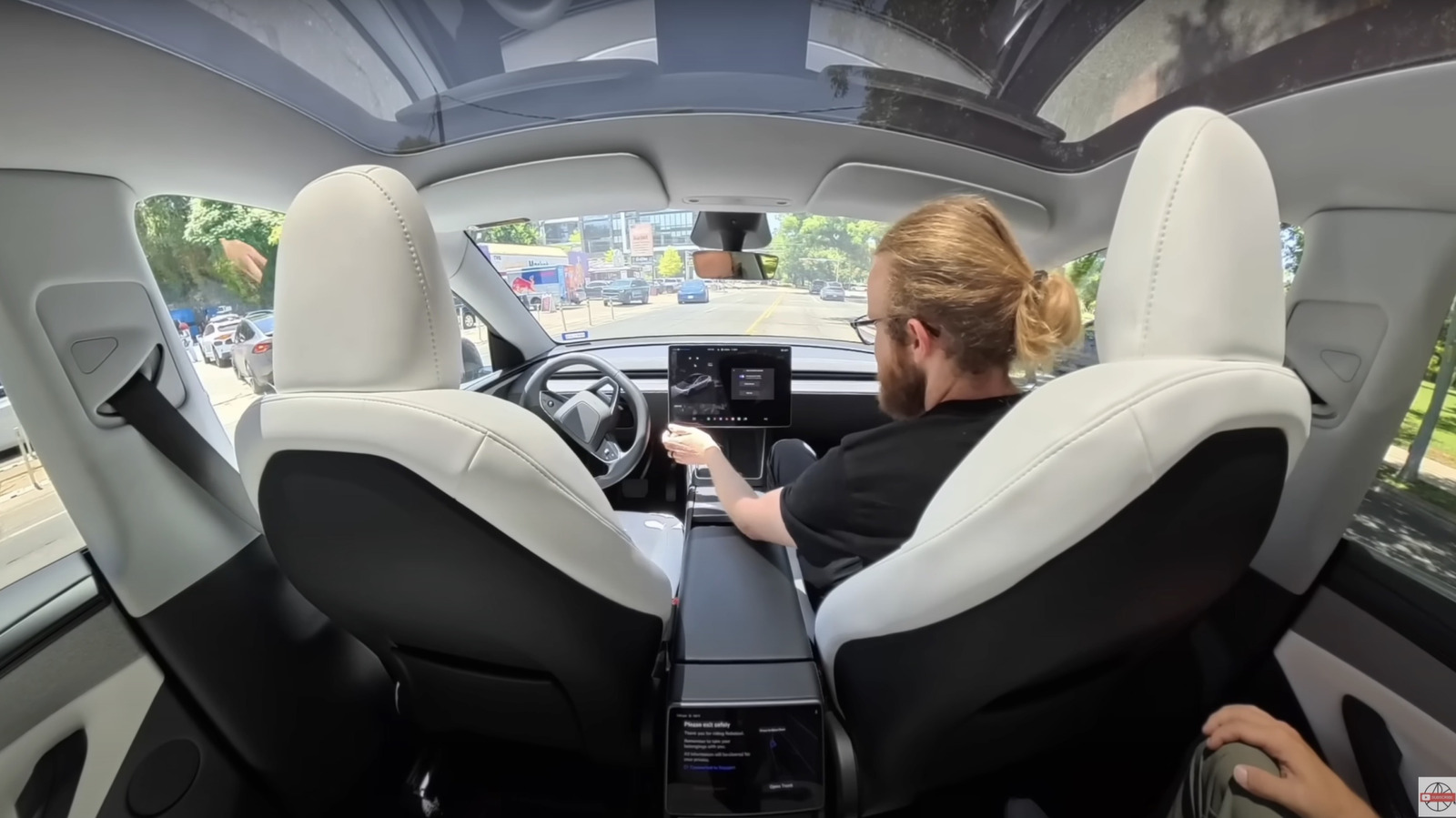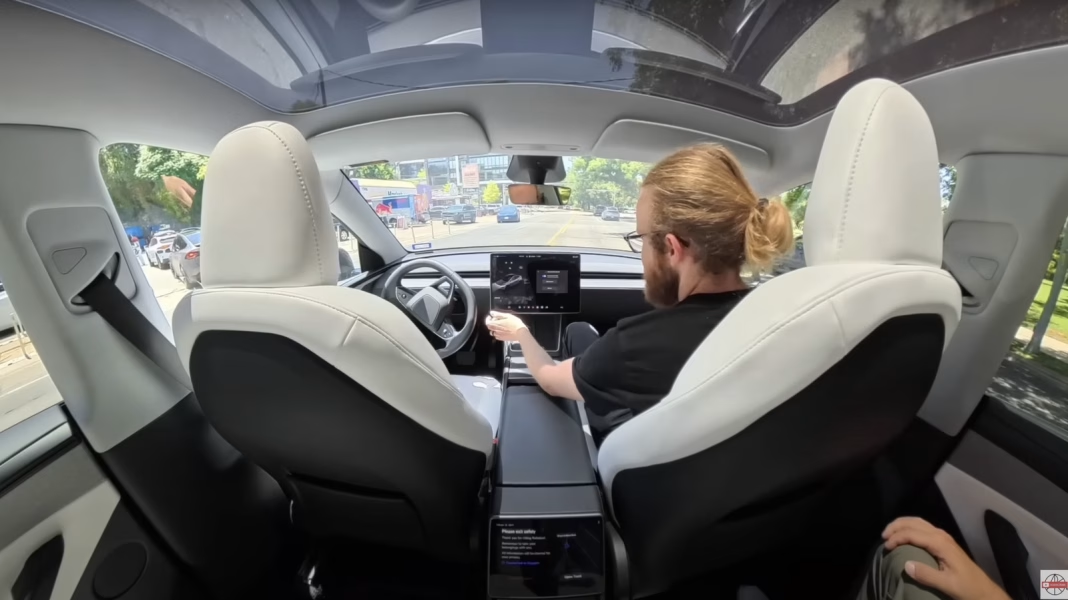Why Is the Driver’s Seat Empty in Austin’s Robotaxis?
If you’ve spotted one of Austin’s new robotaxis gliding through downtown, you might have noticed something odd: the driver’s seat is completely empty. Not just unoccupied—pristinely vacant, almost as if it’s been staged for a showroom, not city streets. So, what’s going on here? Why would a company design a car with all the usual controls, then leave the most important seat in the house untouched?
Is This Just for Show, or Is There a Practical Reason?
Let’s be honest—part of this is about optics. When a robotaxi rolls up with no one behind the wheel, it’s a bold visual statement. It says, “Look, no hands!” and signals to the world that the future is here. In Austin, where tech launches are as common as food trucks, standing out matters. The empty driver’s seat is a marketing move as much as a technical one. It’s designed to wow passersby, investors, and city officials alike.
But there’s more to it than just a flashy photo op. By leaving the seat empty, companies highlight the autonomy of their vehicles. It’s a way to build public trust—if the car can handle rush hour traffic with no one at the helm, maybe it really is safe enough for the rest of us.
What About Safety and Control—Who’s Actually in Charge?
Here’s where things get interesting. Even though the driver’s seat is empty, the controls are still there. That’s not just a quirk of design—it’s a regulatory and engineering necessity. Federal guidelines require that vehicles retain manual controls for emergency situations, testing, and compliance. In fact, the National Highway Traffic Safety Administration (NHTSA) has been clear: until fully driverless vehicles are proven safe at scale, those controls aren’t going anywhere.
Behind the scenes, these robotaxis are monitored by remote operators who can intervene if something goes sideways. Think of it as a high-tech safety net. If the car encounters a situation it can’t handle, a human can step in—just not from the front seat. This hybrid approach is a stepping stone, bridging the gap between today’s tech and tomorrow’s fully autonomous future.
How Do Passengers Feel About Riding in an Empty-Seat Robotaxi?
It’s a mixed bag. Some riders love the novelty—there’s a thrill in being chauffeured by a ghost. Others feel uneasy, especially when the car navigates tricky intersections or merges onto the highway. According to a 2023 AAA survey, only 22% of Americans said they’d feel comfortable riding in a fully driverless vehicle. That number jumps in tech-forward cities like Austin, but skepticism remains.
Companies are responding by adding features like voice assistants, live support, and even in-car entertainment to distract from the absence up front. The goal? Make the ride feel less like a science experiment and more like a premium service.
Are There Real-World Benefits to This Approach?
Absolutely. By removing the driver, companies can collect valuable data on how their systems perform in real traffic without human intervention. This helps refine the technology and speeds up the path to true autonomy. It also slashes labor costs, making robotaxi services more affordable in the long run.
But there are challenges, too. Without a driver, who helps if a passenger leaves something behind or needs assistance? Some companies are experimenting with remote support agents who can communicate via video or phone, but it’s not a perfect substitute for a friendly face.
What Does This Mean for the Future of Urban Mobility?
Austin’s empty-seat robotaxis are more than a tech demo—they’re a glimpse into what city transportation might look like in a decade. If the model proves successful, expect to see more cities adopt similar approaches, with vehicles designed from the ground up for autonomy. That could mean rethinking everything from seating layouts to safety features.
The big takeaway? Robotaxi innovation isn’t about perfection—it’s about smarter adjustments. Start with one change this week, and you’ll likely spot the difference by month’s end.


